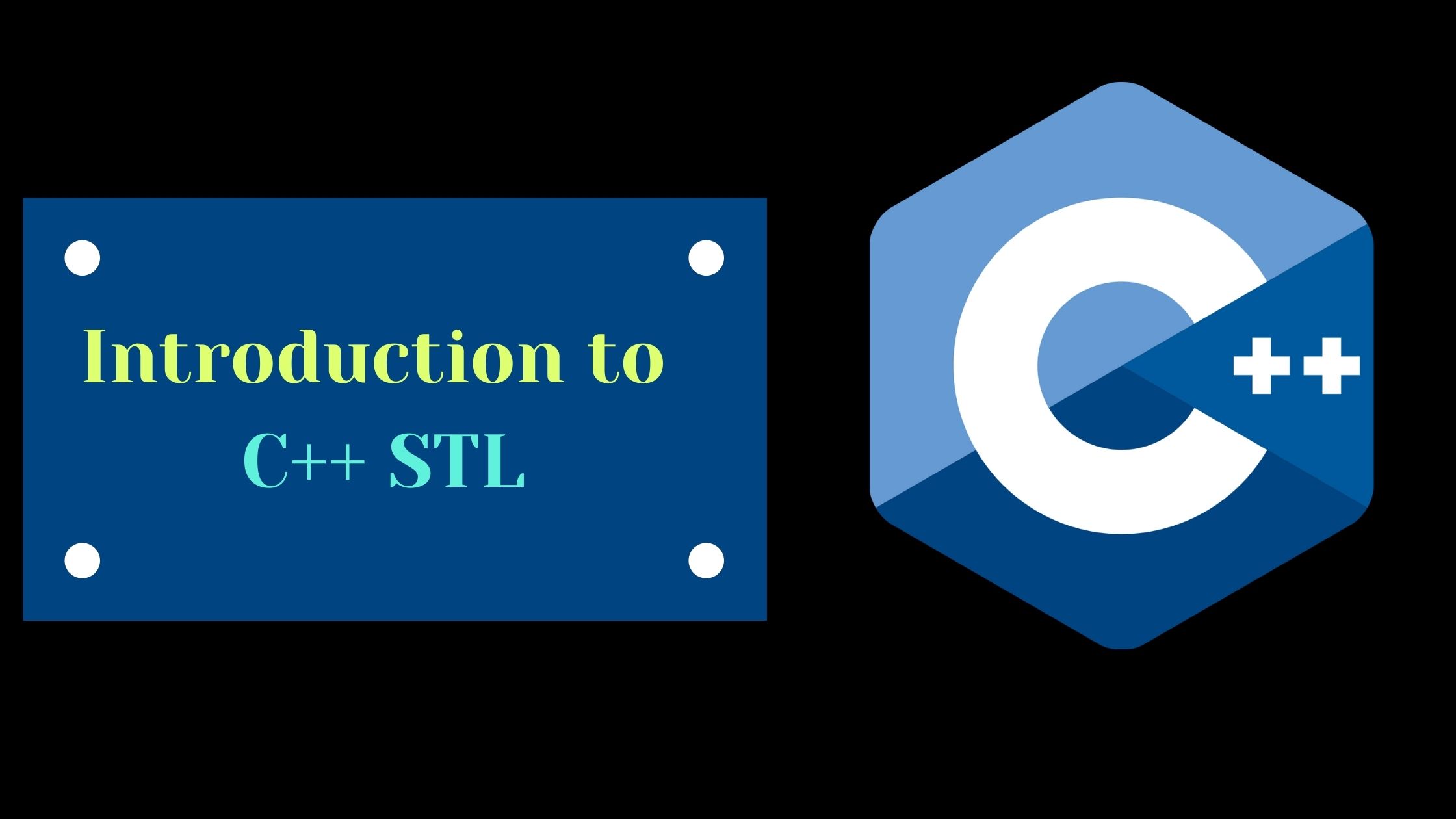STL stands for “Standard Template Library”. It is a set of C++ templates which provide some most significantly used data structures and functions while programming in C++.
The classes and functions provided by C++ STL are generic in nature i.e. we can customize these by providing data types to their definitions as parameters.
Templates in C++
There are two kinds of templates in C++:
1. Function Template
It is one of the very useful tool provided by C++ STL using which we can define more generalized functions in C++.
Example: If we have to make a function in C++ which can multiply any two numbers i.e. it can be of any type int, float, double, etc.
There is no need to write different C++ code for the same function to handle numbers of different data types.
#include <bits/stdc++.h>
using namespace std;
template <typename T>
// defining function templete
T mul(T a, T b)
{
return a*b;
}
int main()
{
cout<<mul(5,3)<<endl;
cout<<mul(2.5,1.5)<<endl;
return 0;
}Output:
15
3.75
2. Class Template
It is another useful tool provided by C++ STL using which we can define more generalized classes in C++.
#include <bits/stdc++.h>
using namespace std;
template <typename T1, typename T2, typename T3>
// defining class templete
class triplet
{
T1 a;
T2 b;
T3 c;
public:
triplet(T1 x, T2 y, T3 z)
{
a = x;
b = y;
c = z;
}
void get_elments()
{
cout<<a<<endl;
cout<<b<<endl;
cout<<c<<endl;
cout<<endl;
}
};
int main()
{
triplet <float, float, float> t1(1.77, 2.55, 7.66);
t1.get_elments();
triplet <int, char, float> t2(7, 'A', 7.66);
t2.get_elments();
return 0;
}Output:
1.77
2.55
7.667
A
7.66
Components of C++ STL
1. Containers
In C++ STL containers are used to create data structures like arrays, linked lists, trees, etc. These containers are generalized i.e. they can hold elements of any data types.
Example: In C++ vector is a container used to create dynamic arrays of any data type elements like int, char, float.
Containers in C++ is further categorized into:
- Sequence Containers or (Simple Containers): E.g. vector, pair, list
- Adapter Containers: E.g. stack, queue
- Associative Containers: E.g. set, map
Associative Containers are further categorized into:
- Ordered Associative Containers: E.g. set, multiset, map, multimap
- Unordered Associative Containers: E.g. unordered_set, unordered_multiset, unordered_multimap
Also read Basic Operations on Matrices in C++
The two very basic difference between Ordered & Unordered Associative containers are:
- The time complexity of operations like insertion, deletion, searching in the case of unordered associative containers is O(1), while in the case of ordered associative containers is O(logN).
- The output of unordered associative containers is not sorted but the output of ordered associative containers is sorted.
2. Algorithms
C++ STL provides a set of algorithms which can be implemented on any container irrespective of their type. C++ STL contains some built in functions which implement complex algorithms on the data structures.
For example:
reverse(): It reverses a range.
sort(): It sorts a range.
binary_search(): It searches in a range.
3. Iterators
C++ STL provides a set of iterators which are used to point specific locations of containers. It acts as a bridge between containers and algorithms.
Iterators return a pointer to a specific location within the container.
For example:
begin(): It is a starting iterator that returns a pointer to the starting location of the container.
end(): It is a ending iterator that returns a pointer to the ending location of the container.
Also Read Types of Looping statements in C/C++
Advantages of using C++ STL
- It provides generic containers and algorithms which extend the functionality of the C++ program/code.
- It saves a lot of time and effort while coding in C++ as we don’t have to define the required data structures and algorithms from scratch.
- It is reliable and fast.
- It is a must thing for competitive programming/coding.

